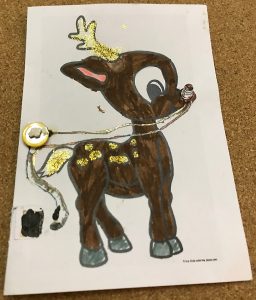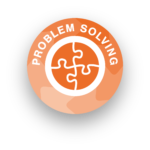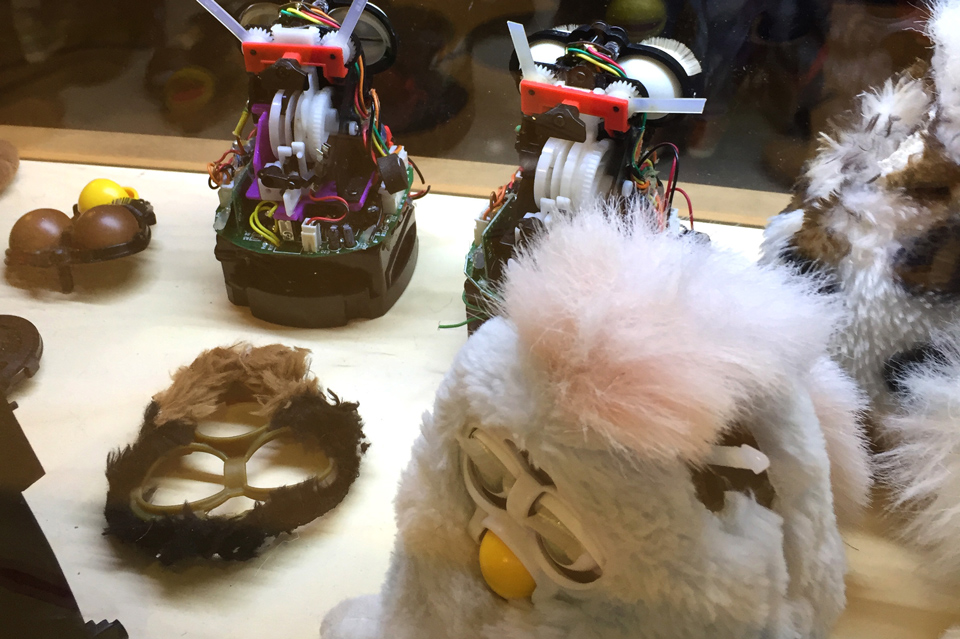Following on from the Engineer It article, this introduction to tinkering for younger children suggests how you can connect your child to design, which is one of engineering’s most important aspects. Tinkering can be a joy for young children with high learning potential because they can take apart everyday objects to see how they work, gain practical know-how and use their minds to think about improving processes necessary for a successful outcome. Above all your child can be an inventor!
Here are some ideas for tinkering at home:
Build Your Own Marble Run
You will need
- a large lidless cardboard box
- an egg carton
- assorted cardboard tubes
- marbles
- scissors
- sticky tack
- masking tape.
Basic physics is part of the fun with this low-cost activity. Collect a few cardboard tubes and cut them in half lengthways. Tape them together inside the large box to form long channels. If there are flaps in the cardboard box, you can use them as ramps. Cut other tubes to different lengths to use them as supports for the downward-sloping channels. Place the egg carton in position to catch the marbles.
If your child wants to send their marbles along different routes, tape on a cardboard tab that can be swapped from place to place to change the marble directions. Can they think about ways to make their marbles take longer to complete the run?
Discuss how changing the slope of the channel affects speed (gravity-induced acceleration). Explain that differently sized marbles should have about the same speed, because they feel the same force of gravity. If you have a range of marble sizes, try it!

Take It Apart!
Got an old clock, keyboard, computer motherboard, or broken toy? Help your child open it up and let them examine the mechanisms. Answer their questions about the components. They’ll love discovering the internal construction and this activity suits inquiring minds! Bear in mind safety issues (even spent batteries may carry a small charge) and avoid high-voltage equipment.
STEM Corner
Inventing is a creative problem-solving process. Let your child discover how innovative they can be and find their own solutions to problems. Provide boxes, cardboard, scissors, bubble wrap, colouring pens, glue, empty plastic containers, tape and embellishments such as ribbons, sequins and foil and get inventing. They might make anything from a hospital, an obstacle course, a home or even a rocket launch pad. When the product is finished, ask your child what worked well and leave them to play and adapt it.

Classy Circuit Christmas Cards
Add an artistic dimension with light-up cards. Requirements: an LED (5mm); conductive pen; plain card; 3 volt coin cell battery in a battery holder.
Push the positive and negative tabs of the battery holder through the card. Likewise push the wires of the LED through the card. Cut a small square flap of card from the edge, so that it can bend back and touch the card. This will be your power switch. Apply conductive pen marking to the surface of this flap.
Run a conductive pen trail from the positive tab of the battery to the area of the card that will be covered by this switch. Run another trail from this switch area to the positive terminal of the LED. Finally run a trail from the negative of the LED to the negative of the battery. When everything’s in place, folding the flap over will light up the LED. Decorate as desired.
Snazzy Scribble Bot
This project allows your child to build a mini-robot that can draw patterns by itself! For details watch this video from We the Curious Science Centre formerly known as @Bristol Science Centre.
Attach the pens, turn on the scribble-bot and watch it go! Your child could later change the cup for a pot, adjust the pens to be at different angles, change felt tips and a buzzer.
Resources
The Exploratorium https://www.exploratorium.edu/tinkering/
MAD Museum – the Museum of Mechanical Art and Design in Stratford-upon-Avon https://themadmuseum.co.uk/
Maker Faire UK movement http://makerfaireuk.com
FabLabs, Hackspaces and Makerspaces are organisations offering community resources; networks of spaces where you can access equipment and resources to try out ideas. While most spaces can’t offer general hands-on access to their tooling equipment to under 18-year-olds for insurance reasons, parents can join and undertake work to help their children with their projects. Many spaces are now creating tinkering/hacking themed activity days for kids to try things for themselves. https://www.hackspace.org.uk/ http://fablabsuk.co.uk/









